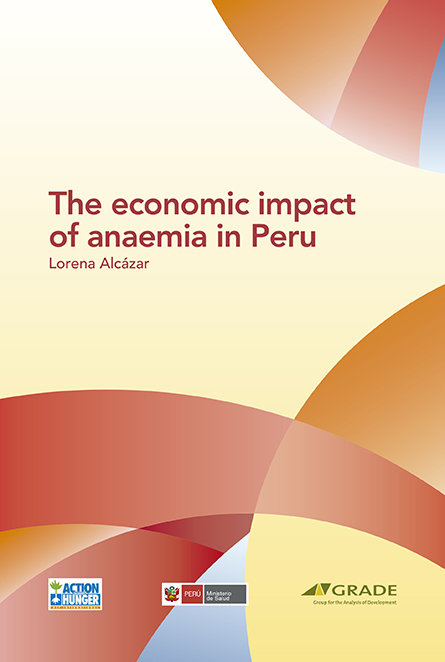The economic impact of anaemia in Peru
| Año | : | 2013 |
|---|---|---|
| Autor/es | : | Lorena Alcázar |
| Área/s | : | Salud y nutrición |
[2013] ALCAZAR, Lorena The economic impact of anaemia in Peru. Action against Hunger; GRADE: 40p.
Peru is the South American country that suffers anaemia the most (matching only Guyana) according to the WHO. It affects more than 50% of preschool children, 42% of pregnant women and 40% of non-pregnant women of reproductive age. These prevalence levels put Peru in a similar situation to most African countries. In spite of the important role of anaemia in Peruvian society, the magnitude of the problem has not been acknowledged in its consequences and costs for the country. Furthermore, the Peruvian state has not developed a systematic policy for fighting anaemia.
The aim of this study is to identify and estimate the economic costs for the Peruvian state and economy caused by the current prevalence of iron-deficiency anaemia among adults; to estimate the future economic costs for the Peruvian economy of the current prevalence of anaemia among children and to estimate the costs incurred by the state from the anaemia-related care provided, as well as that related to consequent health problems. Furthermore, the study also undertakes an estimation of the costs that the Peruvian state would incurred in order to prevent anaemia among children and pregnant women. The aim of this is to show the importance and implications of the problem and the possible savings and benefits of a stronger, more systematic and more effective policy for fighting anaemia.






